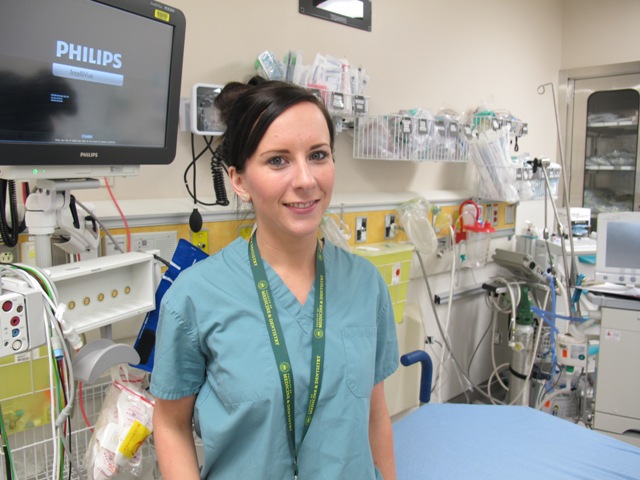(Edmonton) The U of A Faculty of Medicine & Dentistry has some good news for Albertans who don't have family doctors.
Of the 181 medical students graduating in 2013, a record 41 per cent have chosen to become family physicians and have been accepted into a family medicine residency program. In 2003, only 16.5 per cent of U of A medical students chose family medicine as their profession. Alberta is experiencing a shortage of family doctors.
Lee Green, chair of the Department of Family Medicine at the U of A said there are several factors which led to this "huge increase." Chief among these is the family medicine Academic Alternative Relationship Plan (AARP) established in 2005, which allows academic family doctors to be compensated for teaching as opposed to relying solely on billing for their income.
"The AARP has been critical for this growth and the increasing success of the family medicine residency program," says Green. "By funding the faculty to do more teaching it has allowed us to teach more residents and expand the program to the point where we can provide more family doctors. It's freed the faculty to focus on education and on teaching well and this in turn has made the program better and more attractive to potential residents."
This week graduating medical students learned whether they have been accepted to the residency area of their choice through a nation-wide match program. Aisling Campbell is a member of the class of 2013 who has chosen a career as a family doctor.
"I enjoy the positive aspects and continuity of care for patients in family medicine. You can develop really strong doctor-patient relationships. I like to know about the whole patient and hear the patient stories. You get that longitudinal relationship with patients in family practice.
"Being in medical school at the U of A solidified my interest in family medicine. I had the opportunity to get experience via the family medicine clinic in the community-based experience program. I was involved in the family medicine interest group in my first and second year. And family doctors regularly came to campus to speak with students about family medicine as a career choice. I think the U of A medical school dedicates a significant amount of time in our clinical years to family medicine, more so than other universities, I think. Throughout medical school we also learned family physicians can be involved in teaching and training as well.
"There's a real shortage of family physicians in Alberta and I am honoured to be able to contribute to fulfilling that need. I am so proud of our class, for the number of students who chose family medicine.
Dawn Poisson, another graduating medical student who has chosen to be a family doctor in Red Deer, added: "I like the variety - I can do a little bit of everything. I also really enjoy rural life, having grown up in Newfoundland. I am fortunate to be able to practice medicine and be in a place that I want to be, outside the city. The fact I can do both - be a family doctor and live in a rural community - is phenomenal. Through medical school I had lots of exposure to family medicine through the ICC [Integrated Community Clerkship] program and being part of the PNME [Preclinical Networked Medical Education] pilot."
The Integrated Community Clerkship Program (implemented in 2007) places third-year medical students in rural communities to work with family doctors for 41 weeks. Of the 20 students from the class of 2013 who participated in this program, 14 chose family medicine as a career. The PNME program allows second-year students to experience a rural medicine setting. Green credits the community preceptors in these programs for their tremendous work. "These doctors take medical students and show them what it's like to be a family physician, that it's an exciting way to spend your professional career. The preceptors have a very strong commitment to education."
The medical class of 2013 is larger than most years because of a one-time increase in funding from the provincial government in 2008/09 which allowed Alberta medical schools to accept more students in order to produce more physicians to serve the growing population.
"This is wonderful because it brings more family physicians to Alberta," said Green. "We filled the match in the first round and this shows that we're not only getting more, we're getting better family physicians. Our top talent from medical school is going into family medicine. This not only gives us lots of family physicians, it gives us very good family physicians."